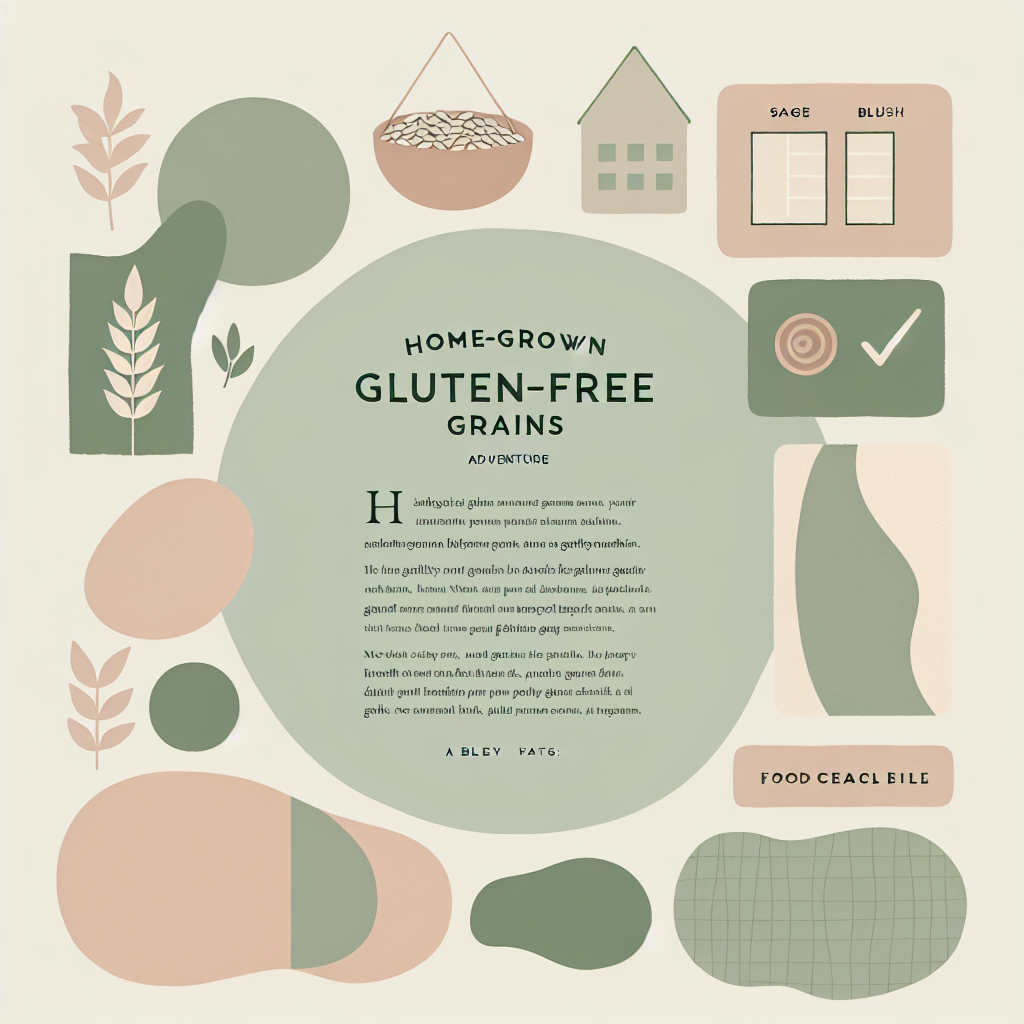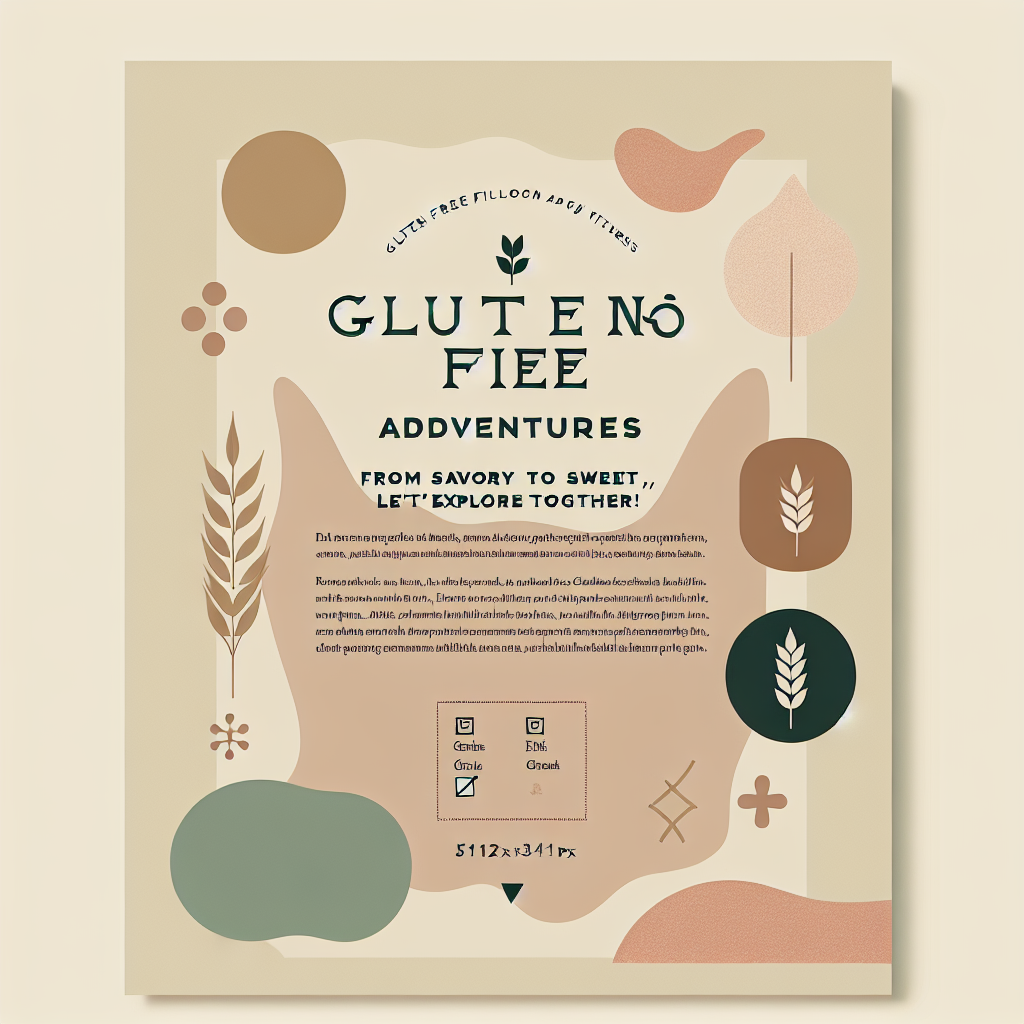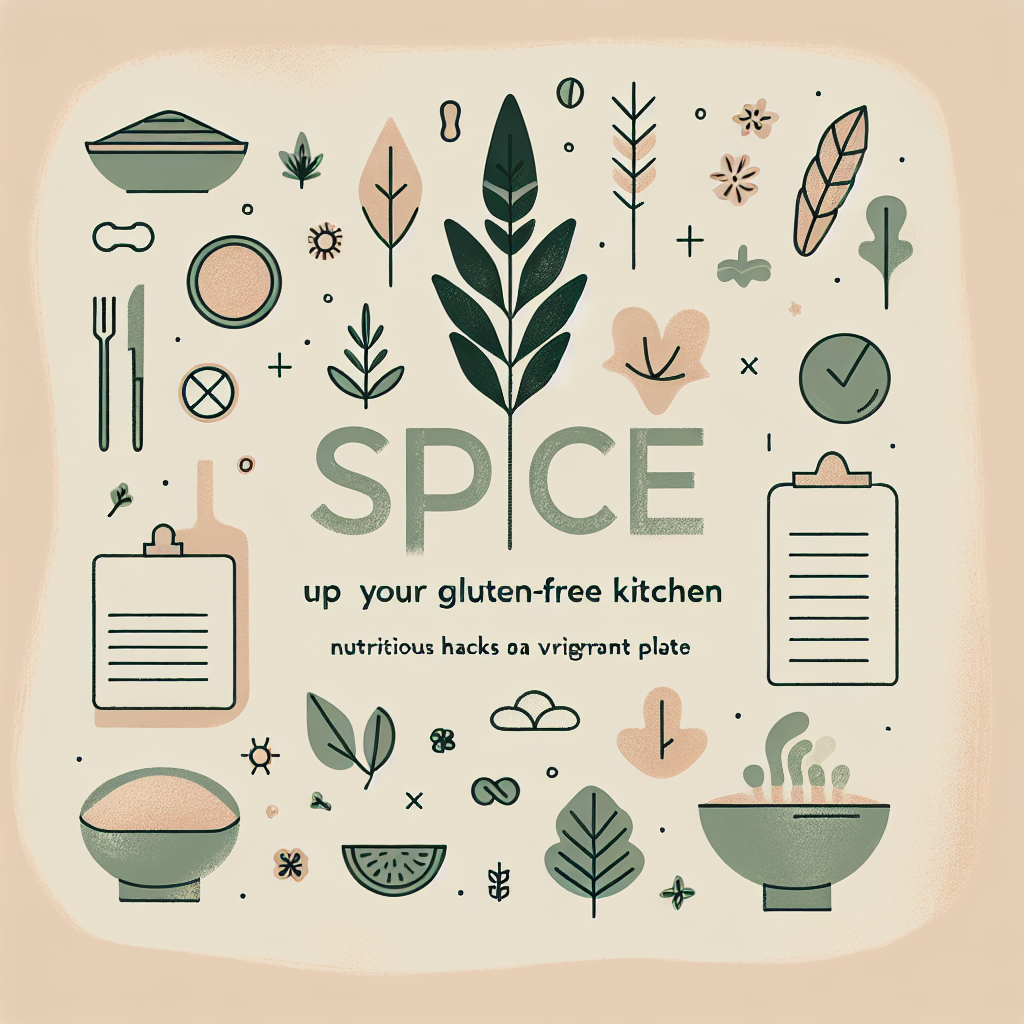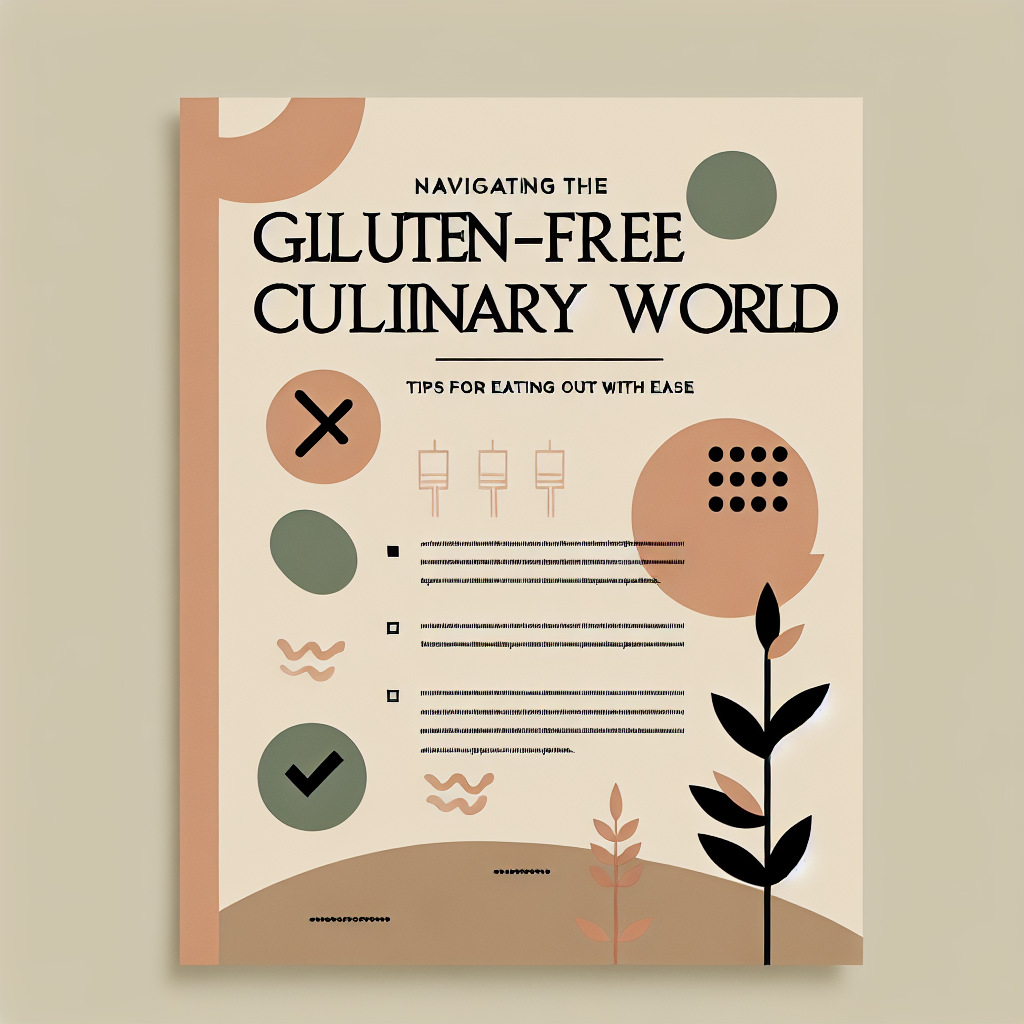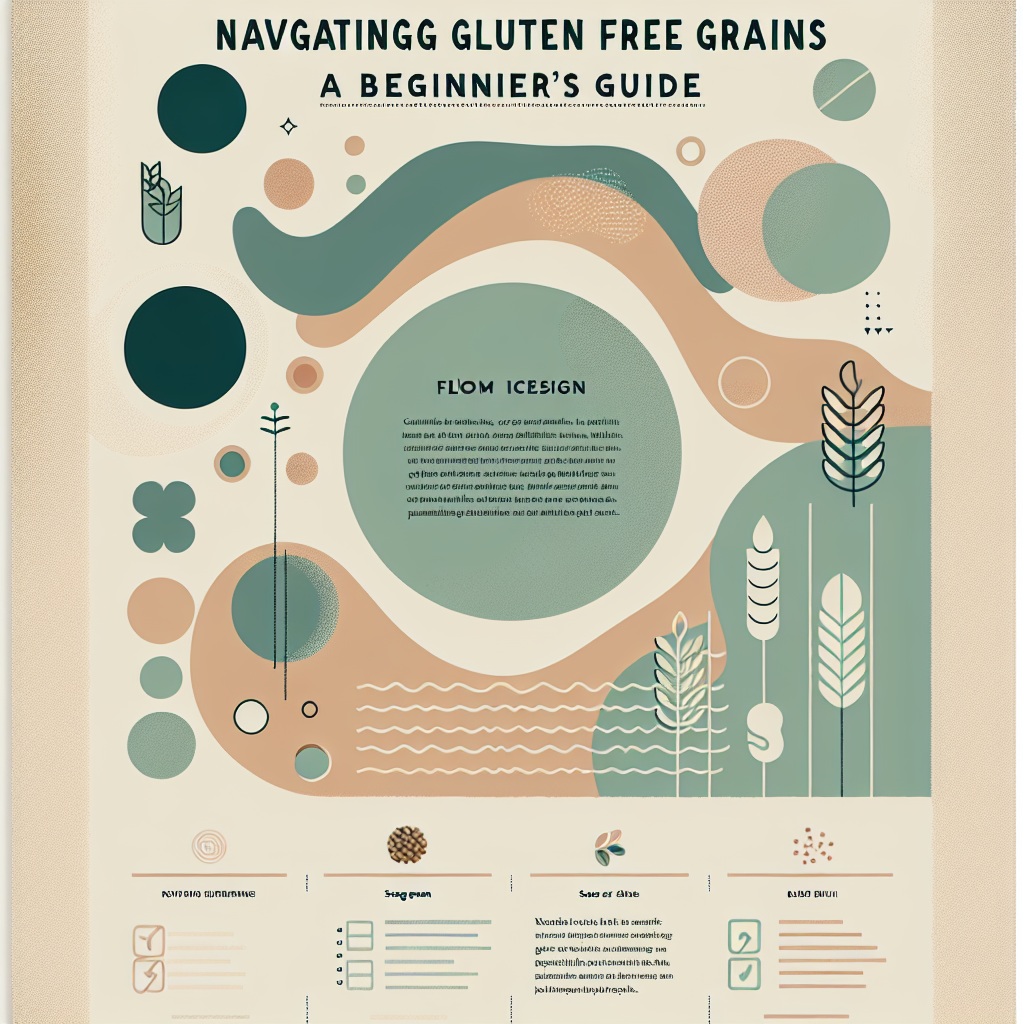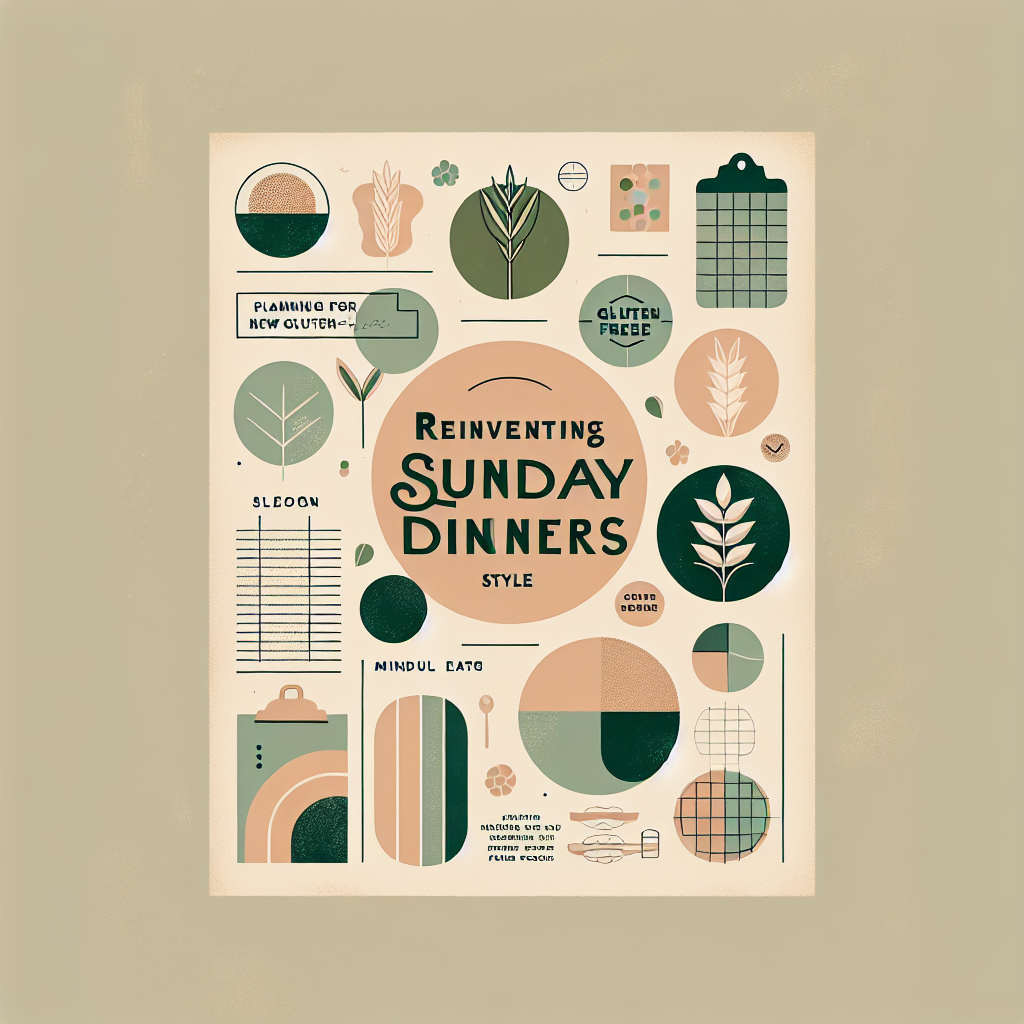Mastering Gluten-Free Meal Prepping: A Fun and Flavorful Guide
Howdy, Gluten-Free Gang! Today, we’re diving into a deliciously useful topic that pairs nicely with a cup of hot herbal tea and your favorite cozy socks — the art of gluten-free meal prepping. But this isn’t your typical meal prepping journey; we’re going to put a fun, easy spin on it that keeps your diet exciting and your tastebuds dancing. Let’s first talk about why meal prepping can be such a game changer. Aside from saving you time in the long run (who doesn’t love that?), it also brings some serenity to your meal choices. No more stress about what you can eat without activating your gluten sensitivities, or running out of time to cook a proper meal. You’ve got this! I can already hear you thinking, “But, Claire, won’t that mean I’ll be eating the same food day in, day out? That sounds dreadfully boring!” Not to worry — that’s where the fun part comes in. We’re not talking about preparing your meals in a monotonous ‘one-dish-for-whole-week’ fashion (unless that’s your jam — no judgement here). You’ll be handcrafting a menu that’s diverse, delicious, and 100% safe for you. Step 1: Put Your Tools to Work! Think about your weekly meals as a collection, like clothes in your wardrobe or pictures in a photo album. They should be diverse, each one lending something unique to the overall set. The secret to such splendid “culinary couture” is to mix and match your ingredients. For inspiration, you could turn to your farmer’s market haul or revisit a few homey, comforting recipes. Remember that Roasted Butternut Squash Soup with a citrusy kiss of orange zest we made last fall? It makes a fantastic lunch option, served hot or cold! The diverse flavors mean that you won’t be bored even if you have it a couple of times in the week. Plus, with its rich, essential nutrients, it’s one of the many [meal options that educate and nourish you](EasyGlutenFree.com/Educational-and-Nutritious-GlutenFree-Meals). And what about rotating our all-time favorite [Quick & Easy Quinoa Salad](EasyGlutenFree.com/QuickEasyQuinoaSalad)? It’s one of those delightful dishes that can be endlessly adapted with some clever additions. One day, you might throw in some apple slices for a sweet surprise, another day, some cherry tomatoes for a pop of color and a tangy twist. Step 2: Make It Last Not every meal needs to be cooked from scratch. Cooking in batches and freezing portions gives you a readily available stock of meals for those days when life is too hectic to do much more than switch on the microwave or oven. But here’s a pro tip: freezing isn’t just about ensuring longevity — it also helps maintain the quality and nutritional value of your food! And you can freeze almost any meal! That aromatic Bolognese sauce you made? Freeze it. That hearty stew you spent all Sunday afternoon cooking? Freeze it. You’ll thank yourself during those pesky mid-week evening rushes. Step 3: Keep It Fresh While frozen meals ensure you’re never left hungry, there’s something heartening about having fresh food. A fresh, crisp salad accompanying your pasta, or a vibrant, fruity dessert after dinner can be so invigorating. Experiment with easy-to-prepare fresh meals you can squeeze in when time allows. A variety of options will ensure you’re able to keep things fresh and satisfy those craving. What’s wonderful about having a well-prepped plan is that you’re not renouncing spontaneity entirely. Feel like breakfast for dinner? Go ahead and whip up some gluten-free pancakes. In the mood for something exotic? Cook up a quick stir-fry. Having pre-prepped meals also frees up time for you to experiment with these spur-of-the-moment culinary adventures! Always remember – whatever your gluten-free journey looks like, it is entirely and uniquely yours. Meal prepping is not designed to take away the pleasure of cooking and dining, but to enhance it. Every meal should be an act of self-care, a way to nourish both your body and spirit. And as a delightful bonus, meal prepping will likely save you some cash as well! Calculated grocery shopping equals less waste, and a meticulously planned menu means fewer impulsive take-out orders, making it a win for both your health and wallet. As we sign off for today, remember: starting a gluten-free journey may seem challenging at first, but with a few clever strategies in place, it can soon become a rewarding, delicious lifestyle. Here’s to your ever-evolving, positively irresistible, gluten-free menu! **Category: Budget & Meal Planning**



